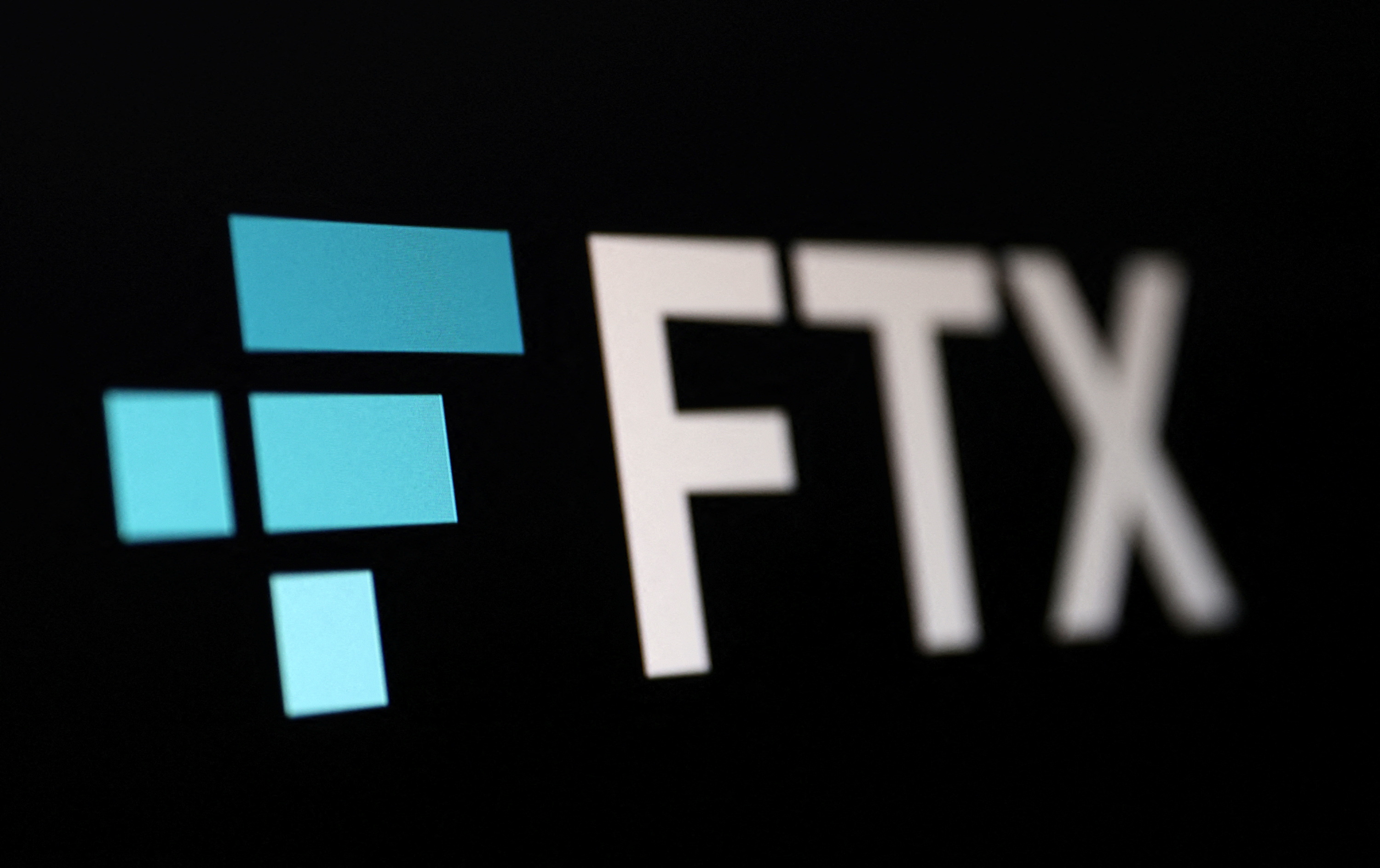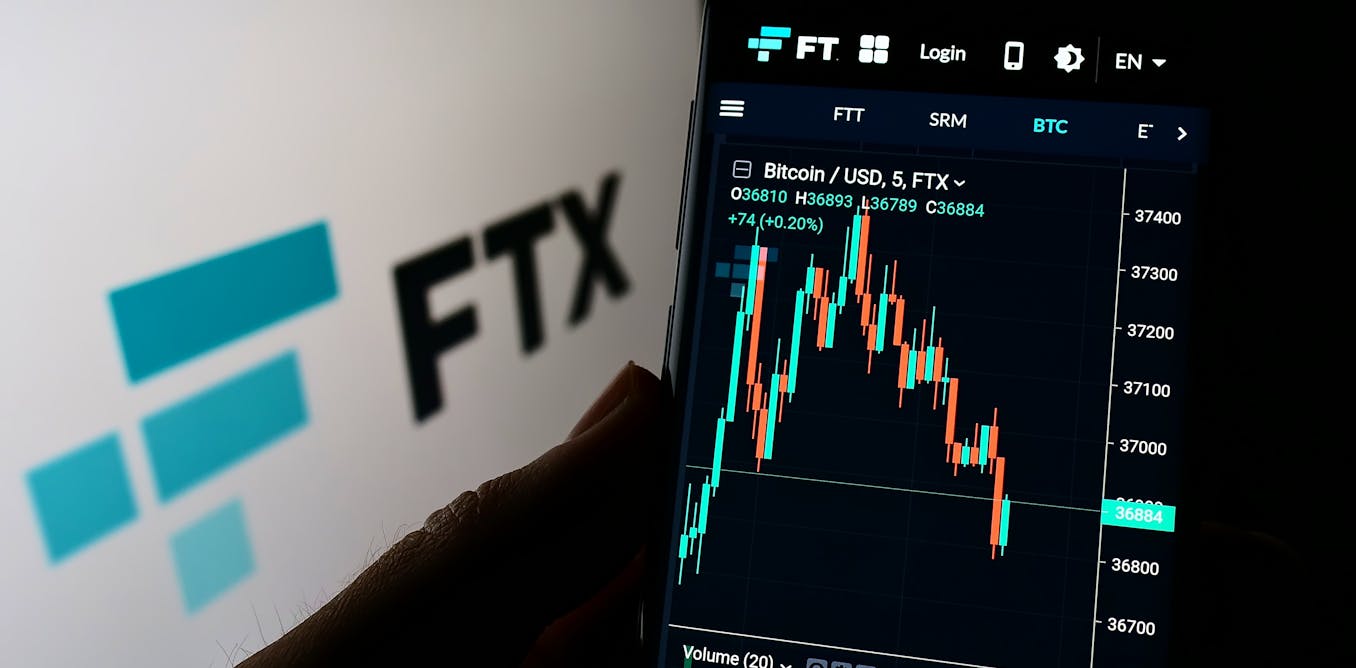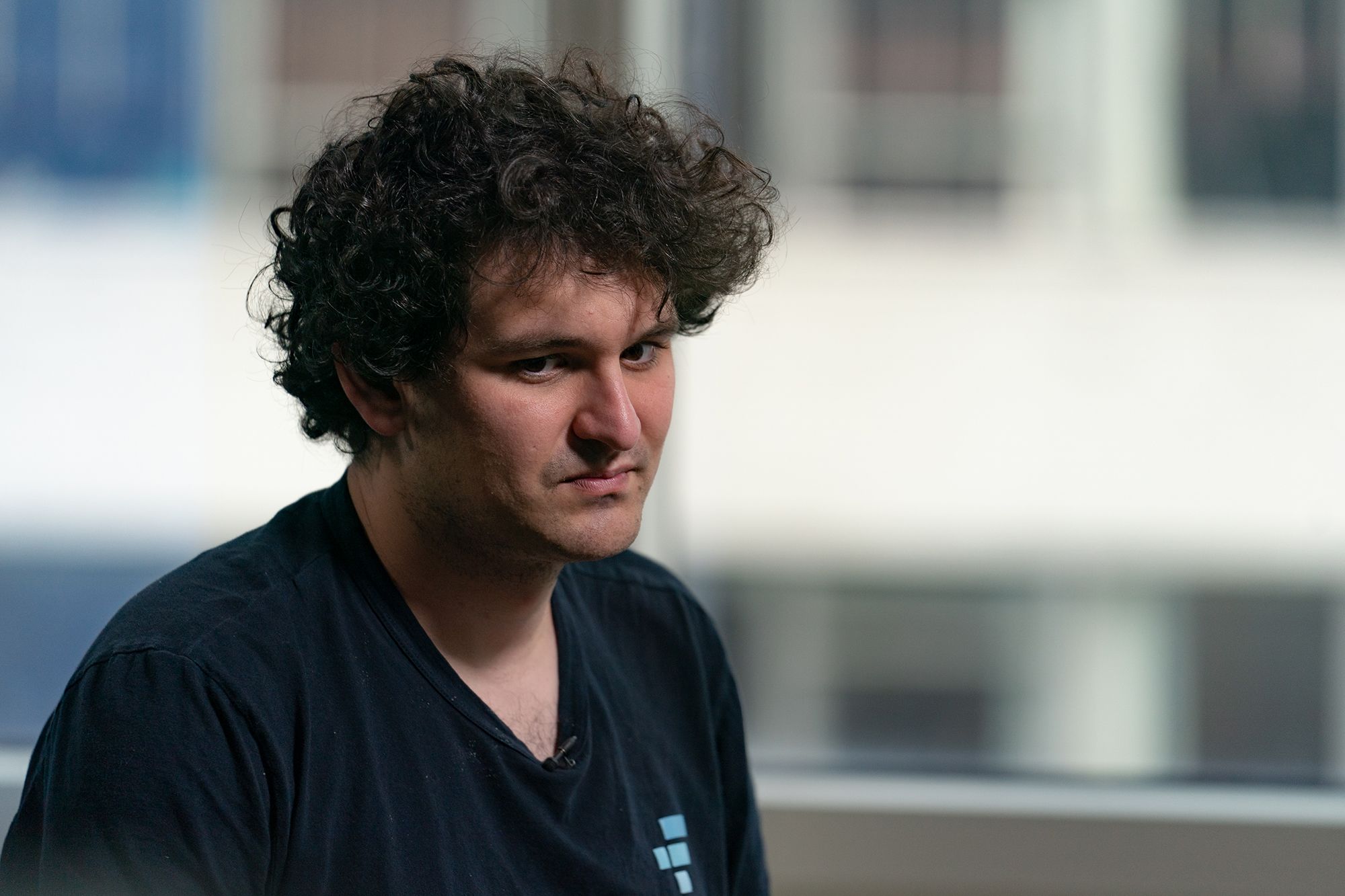
Revelations from bankruptcy court proceedings and ongoing criminal trials paint a complex picture of the inner workings of collapsed cryptocurrency exchange FTX and its affiliated trading firm, Alameda Research.
Central to these developments is the assertion of a “secret” mechanism embedded within the FTX code, allegedly designed to grant Alameda special privileges, including the ability to access customer funds without explicit permission.
FTX attorney Andrew Dietderich presented this information to the Delaware bankruptcy court, stating that FTX co-founder Gary Wang was instructed by Sam Bankman-Fried to create a clandestine route for Alameda to borrow client money from the exchange.
Dietderich described this as a “backdoor, a secret way for Alameda to borrow from customers on the exchange without permission,” according to his testimony.

This alleged backdoor was reportedly created by Wang inserting “a single number into millions of lines of code for the exchange,” thereby establishing a line of credit from FTX to Alameda.
Crucially, Dietderich emphasized that this arrangement was one “to which customers did not consent.” The size of this alleged line of credit was stated to be a staggering $65 billion.
The Commodity Futures Trading Commission (CFTC) had previously made similar allegations against Wang in December, though they described the line of credit as “virtually unlimited” without specifying a dollar amount.

Dietderich’s testimony is believed to be the first instance where an FTX official has provided a firm dollar value for this alleged credit line.
The existence of this special access for Alameda had reportedly been a point of concern internally at FTX even before the company’s dramatic collapse.
Julie Schoening, who served as the former chief risk officer at LedgerX, a firm owned by FTX, was terminated just months after she raised questions about special privileges afforded to Alameda Research.

According to the Wall Street Journal, citing individuals familiar with the situation, Schoening’s team made a significant discovery in May 2022.
Their findings involved code that indicated Alameda received special treatment, specifically the capacity to maintain a negative balance reaching as high as $65 billion.
An employee at LedgerX, Jim Outen, noted this special treatment in a message acquired by The Wall Street Journal, writing, “Just wanted to point out that there are currently a few places in the…code base where Alameda gets special treatment in one way or another.”

Schoening reportedly communicated these findings to her superior, Zach Dexter, the head of LedgerX. Dexter subsequently discussed the issue of auto-liquidation with Nishad Singh, a senior FTX engineer.
While Dexter initially believed the concern was resolved after Singh purportedly removed some code, the special treatment for Alameda ultimately persisted.
Schoening was dismissed in August 2022. Reports suggest that some FTX executives circulated what were allegedly doctored inappropriate messages sent by her, leading to her termination.

Lawyers representing Schoening have indicated that they believe her surfacing of issues related to FTX’s risk management practices was the reason for her dismissal.
Following her firing, Schoening reportedly threatened legal action against FTX and reached a tentative $5 million settlement agreement concerning her termination.
However, this settlement deal was never finalized before FTX filed for bankruptcy and subsequently collapsed in November 2022.

The special access allegedly granted to Alameda through the described backdoor is a significant element being examined in the criminal fraud charges brought against Sam Bankman-Fried.
The internal operations of both FTX and Alameda Research have undergone intense scrutiny since the collapse of the exchange in November 2022.
In related legal proceedings, Sam Bankman-Fried is preparing to testify on his own behalf at his ongoing criminal fraud trial, a step considered rare and potentially fraught with risk.




